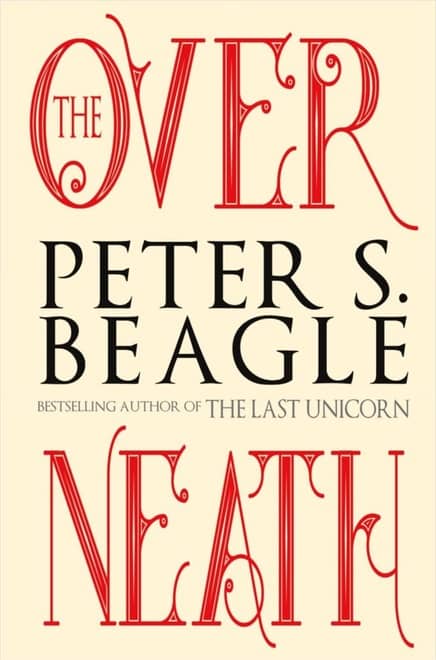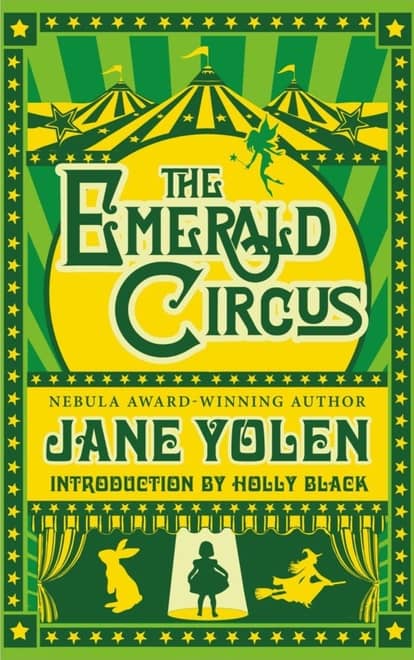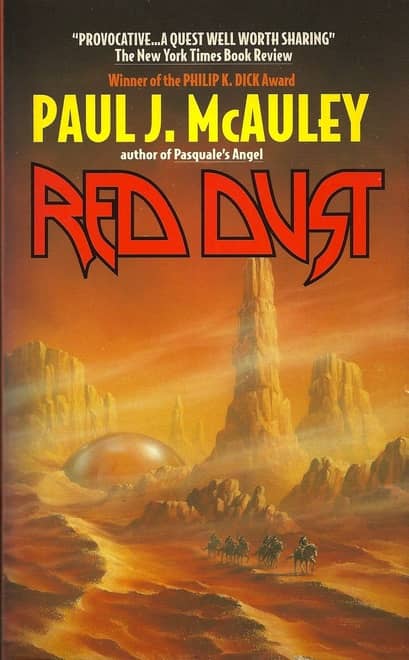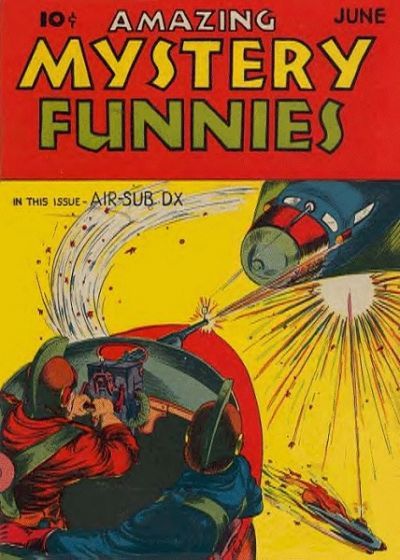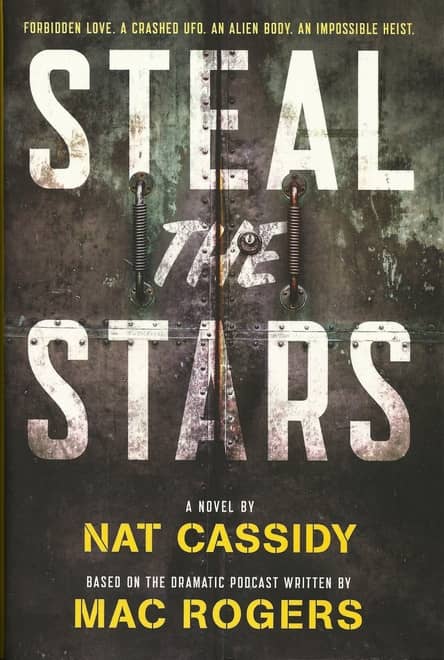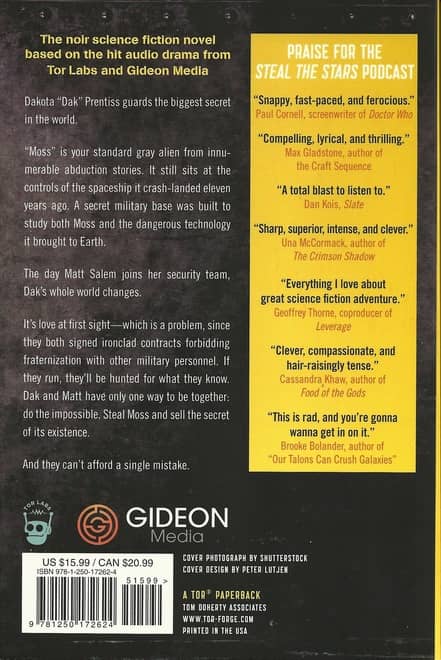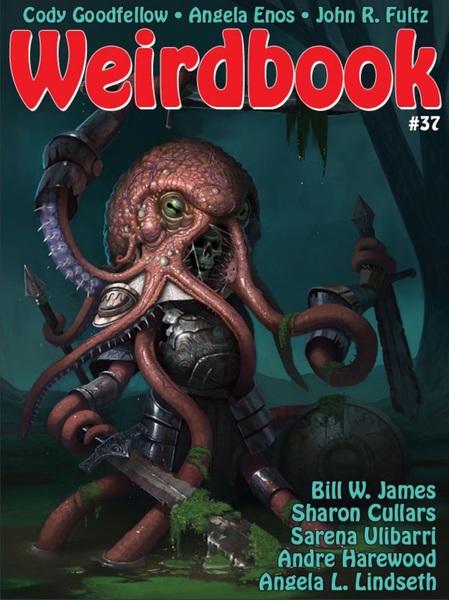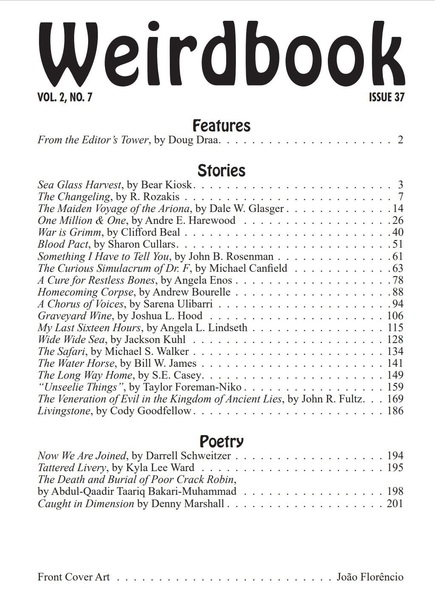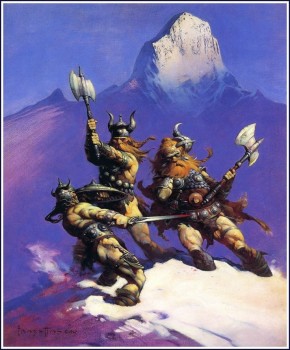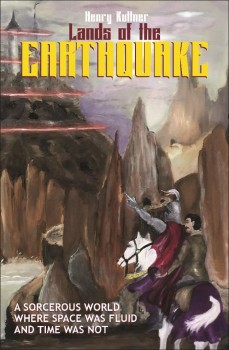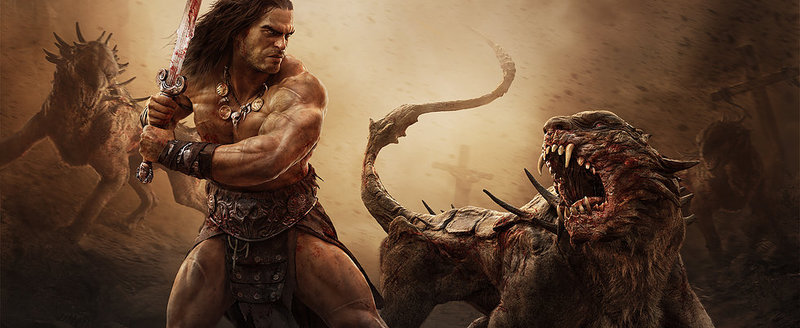There’s No Place Like Home
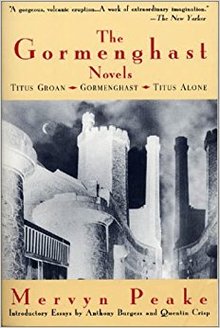 We’re always hearing about using setting as a character , and there’s no doubt that some stories simply can’t be told if they were set somewhere other than the place they’re in. Like, say, the wuthering heights in Wuthering Heights. You know, places that aren’t just somewhere for the characters to be (everyone has to be somewhere) but that in some way inform the whole story, and perhaps the characters as well.
We’re always hearing about using setting as a character , and there’s no doubt that some stories simply can’t be told if they were set somewhere other than the place they’re in. Like, say, the wuthering heights in Wuthering Heights. You know, places that aren’t just somewhere for the characters to be (everyone has to be somewhere) but that in some way inform the whole story, and perhaps the characters as well.
I’m not here today to talk about setting in general, however. No Middle Earth, no Barsoom. No landscapes, thank you. At the moment I’m far more interested in human-made structures: people’s homes, public buildings, etc.
I’m tempted to suggest that buildings first gained their literary eminence in the gothic novels of the 18th century. Works like Horace Walpole’s Castle of Otronto, and Anne Radcliffe’s The Mysteries of Udolpho relied so much on their buildings – which gave the novels their sense of place and situation – that we’d have to ask ourselves whether the gothic would even be possible without the dark creaky old house/monastery/castle? Sure, we’ve also got the natural sublime, the mountain crags, the fogs and the mists, but they’re just the background for the titular buildings.

